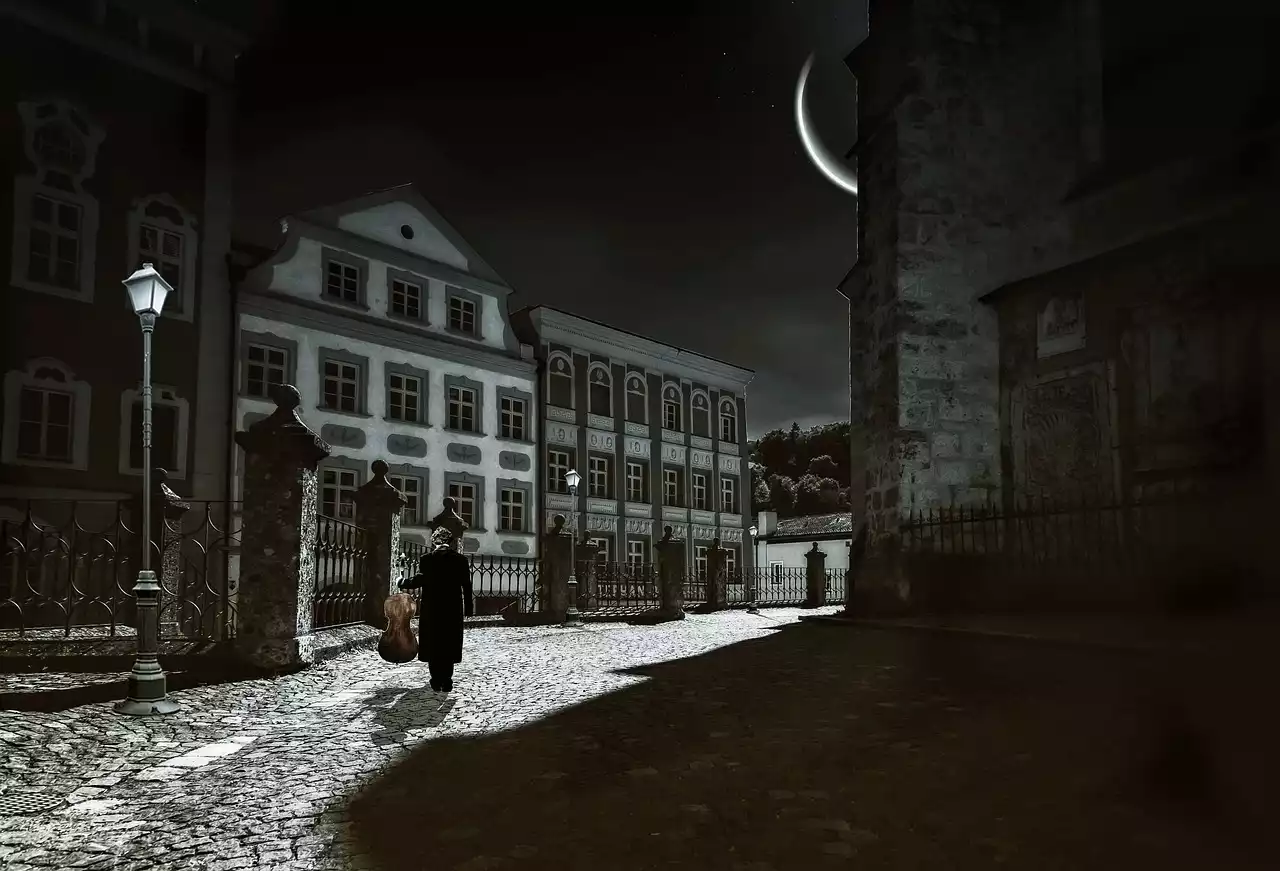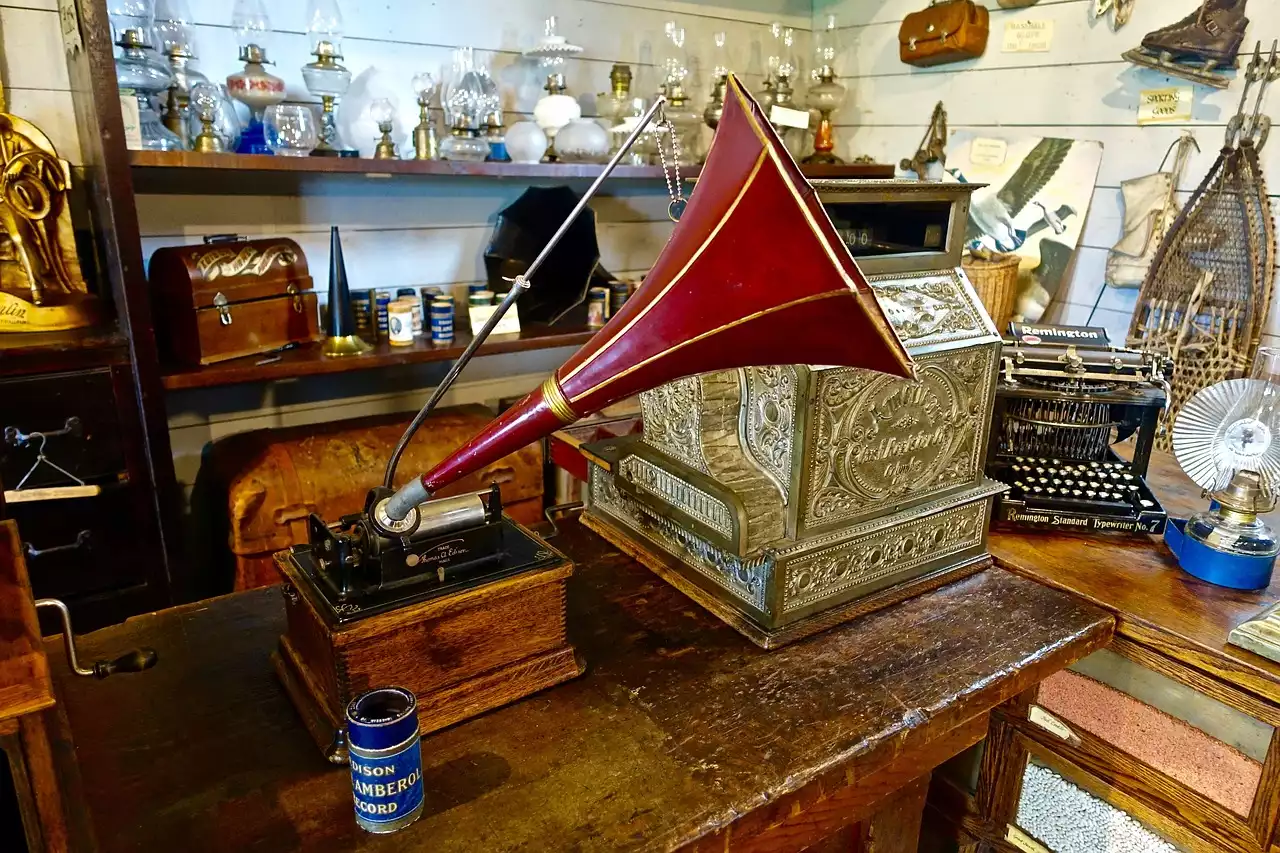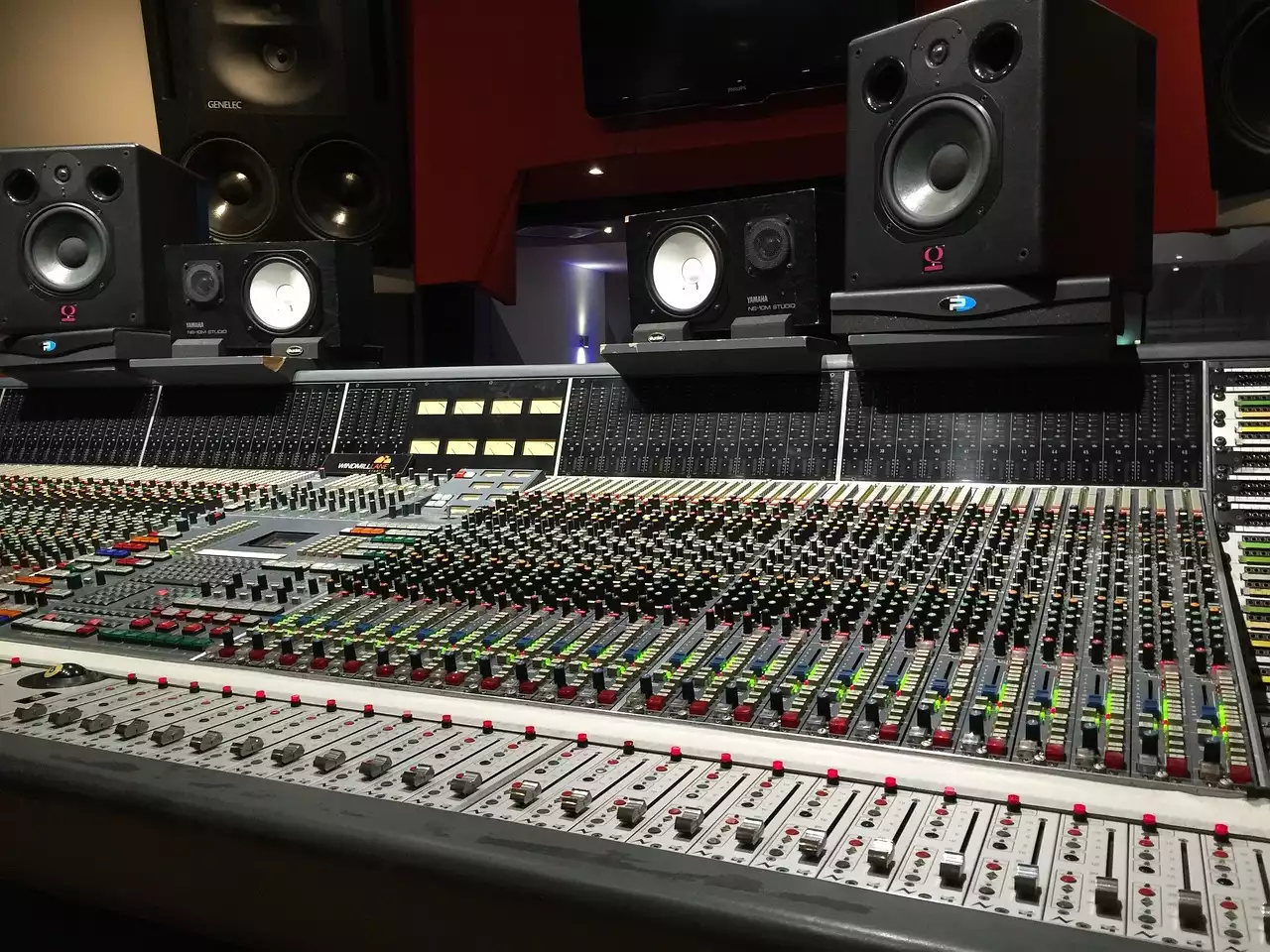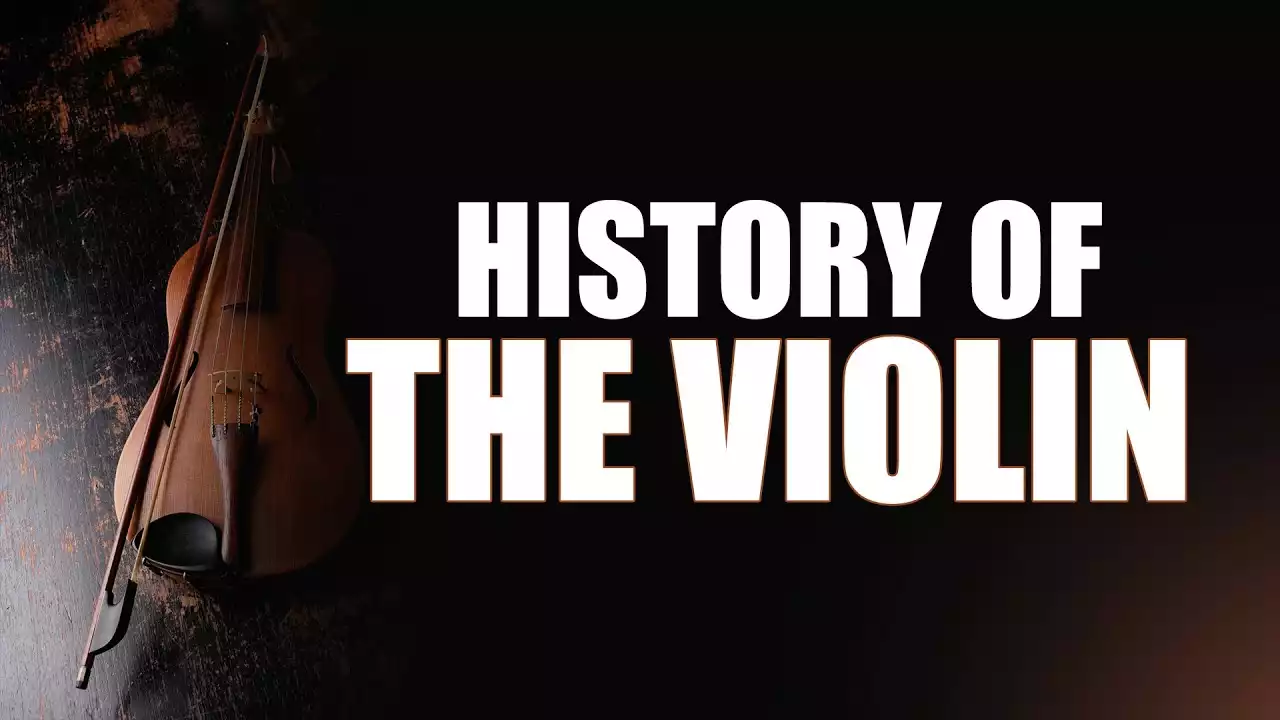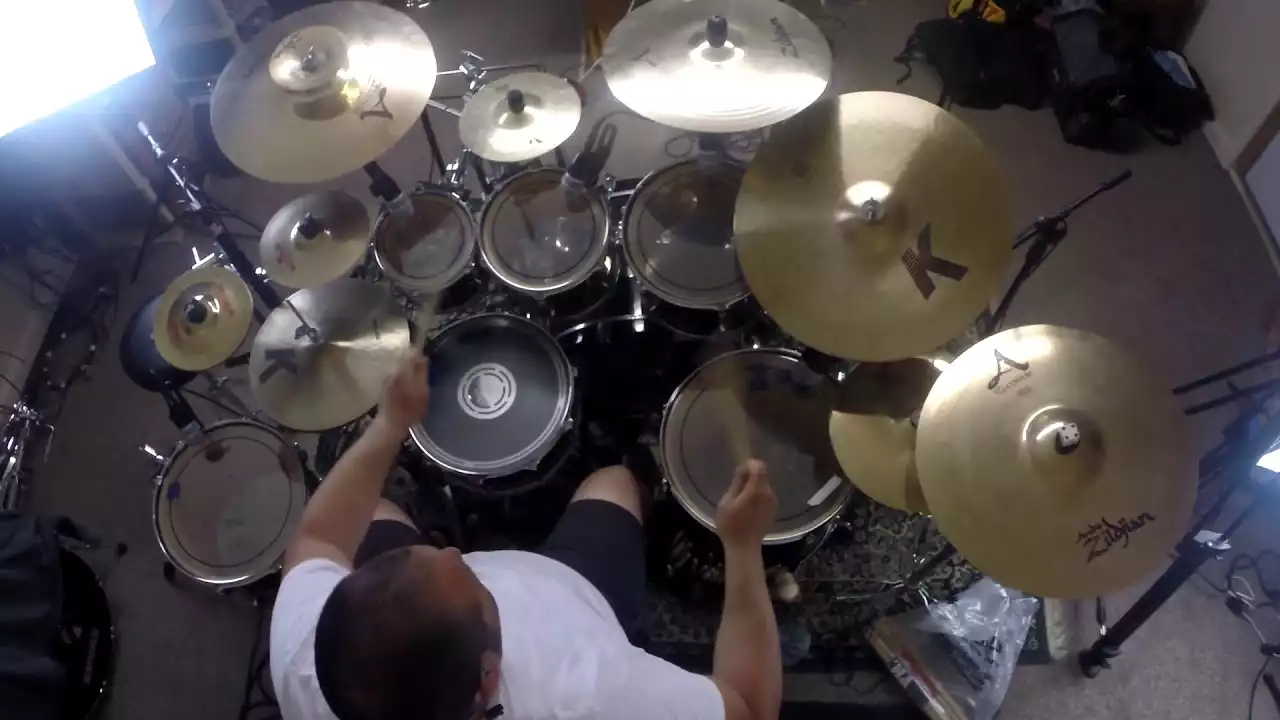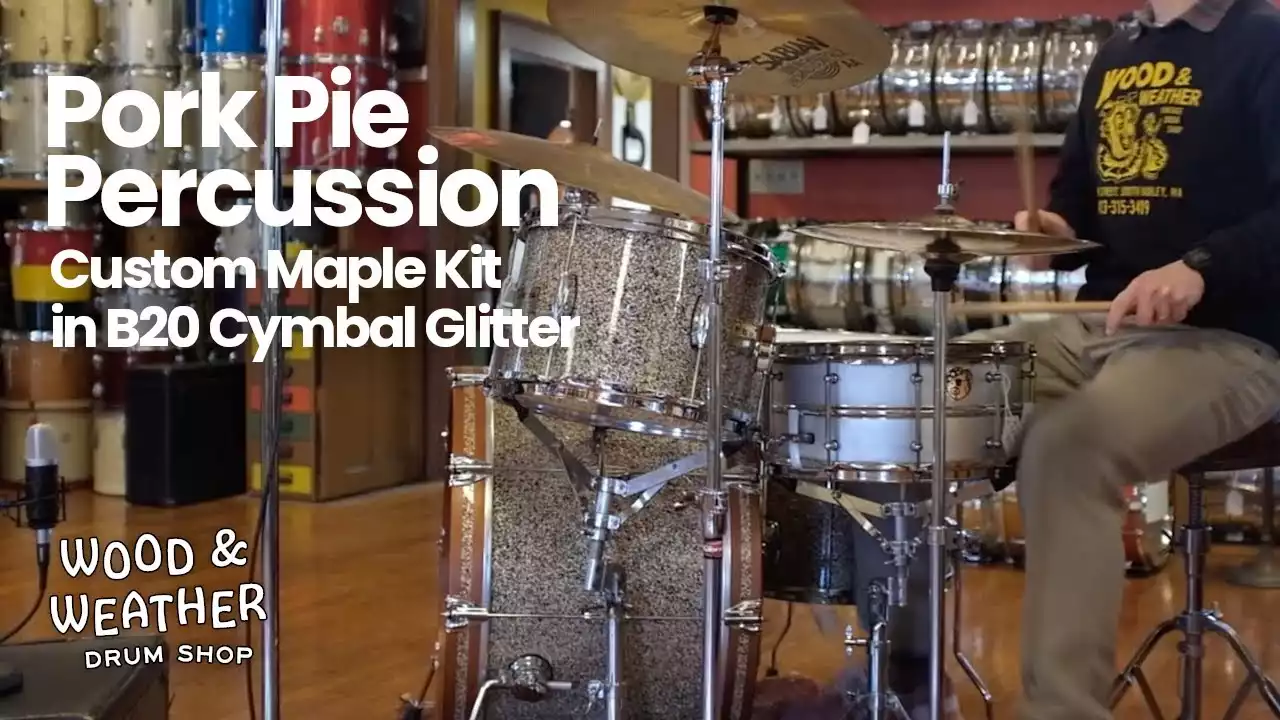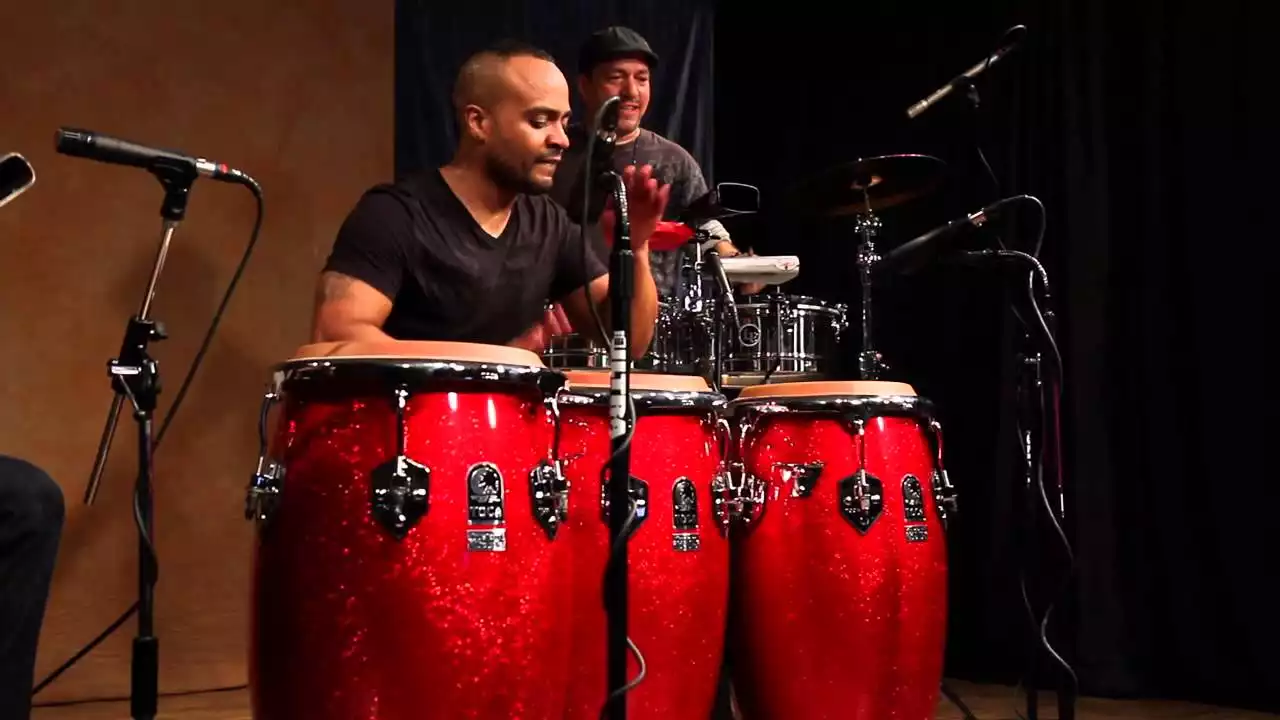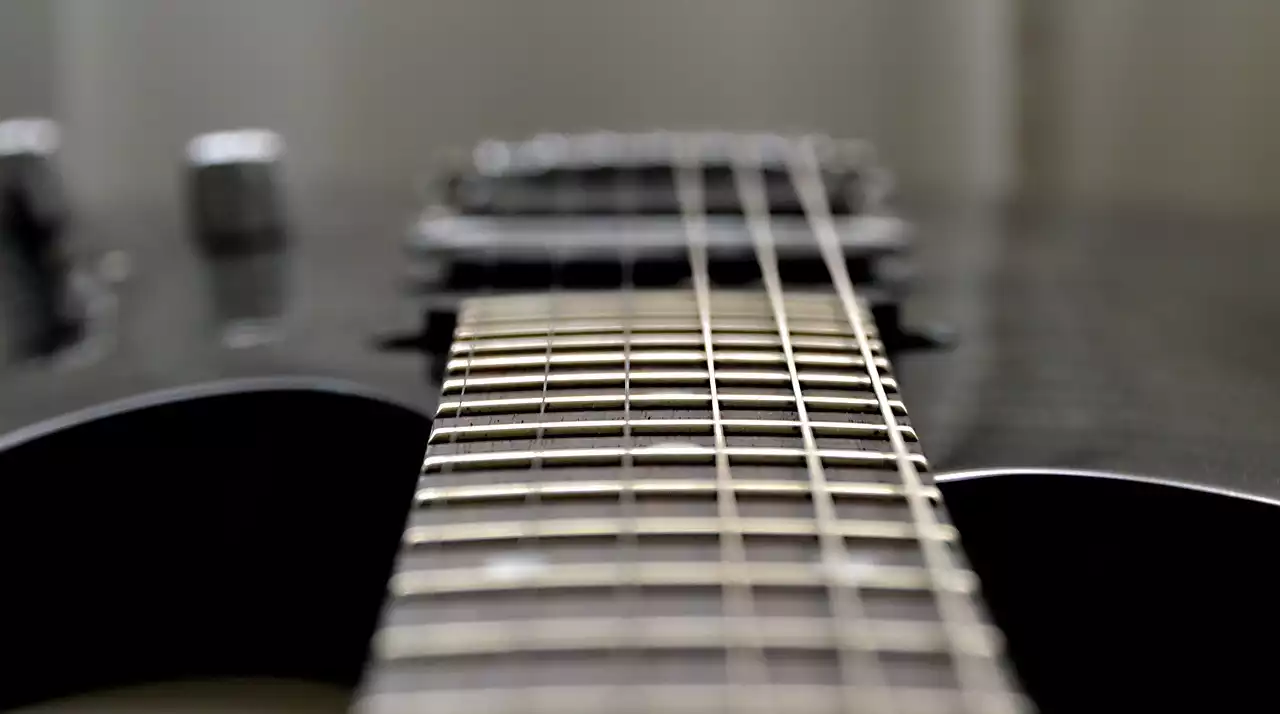Characteristics of Baroque Music
- Ornate and Elaborate Style- The Baroque style marked an increase in complexity and elaborateness in everything from style to technique. Baroque composers sought to capture the emotions of their listeners with subtlety. They often relied on modal scales and keys and used dramatic gestures and effects to heighten the impact of their compositions. They also often used extended techniques, including rhythmically complex polyphony and rich harmonies. These styles gave composers a new level of control and allowed them to explore new possibilities. They could create elaborate melodies and textures that would hold people’s attention and make them feel something new. These characteristics have influenced many genres over time and are still seen today in some forms.
-Sweeping Melodies- As music evolved from the Medieval period, composers began to explore new melodic sounds. The Baroque period saw composers explore new ways of creating melodies, and many pieces from this era feature sweeping melodies. These melodies often rise and fall in a dramatic way and often rise and fall in steps of two or three whole steps. They also often feature repeated notes or long notes that are held for multiple measures. The melodies of Baroque music are often highly ornamented, with notes being ornamented with ornaments or grace notes. This ornamentation helps to create a distinctive sound and often makes the melody more memorable.
-Intricate Counterpoint- Counterpoint is the technique of using two or more melodies at the same time, creating an intricate texture in music. Often, composers will write their parts so that they’re harmonically dissonant with one another, creating a sense of tension. Baroque composers explored new levels of dissonance, often using dissonant chords and melodies. They also often used highly ornate and complex chord progressions, which gave their music a new level of complexity. These compositional techniques helped to give Baroque music a new level of interest, even centuries later.
- Heightened Sense of Drama- Music from the Baroque period is often marked by a heightened sense of drama. This idea manifests itself in many ways, including the extensive use of ornaments. Ornamentation is often used to create a sense of drama, creating an impression of urgency. Baroque music also often features a large amount of orchestration, which adds a level of depth and intensity. This heightened sense of drama provides Baroque music with an added level of interest and replay value, which has carried forward into later music.
Flashy Techniques
The Baroque period also saw the use of certain “flashy” techniques that remain popular in much later music. These techniques include heavily ornamented melodies, elaborate cadences, and a large amount of orchestration. These techniques add a level of complexity that some listeners find appealing, and they can be found in many later works. Some of these techniques were popularized by the Baroque period and continued to be used in later music, while others were cut from their original context and moved outside of their original style.
Examples of Baroque Music
While the Baroque period is remembered for its complex and elaborate style, these characteristics can be seen in many different works across many genres. Popular examples of Baroque music include operas, orchestral works, choral works, and symphonies. Some of the most famous pieces of Baroque music are by composers such as Johann Sebastian Bach, Wolfgang Mozart, Ludwig van Beethoven, Hector Berlioz, and Johannes Brahms. Opera is an interesting example of Baroque music. Opera is often seen as a modern musical form, but the Baroque period was far more prominent. While it was being developed in the Baroque period, opera was seen as a low form of entertainment, often performed in theaters or taverns. Opera enjoyed a surge in popularity in the 19th century, and many of the most popular operas of the 20th century were written during this period.
Influence on Modern Music
The Baroque period is often seen as a pinnacle of musical expression. Many composers from this era, including Bach, Handel, and Mozart, are still admired and studied even today. The Baroque period was also responsible for many musical innovations, including the introduction of harmony into music, the use of extended techniques, and the expansion of orchestration. All of these innovations have carried over into much later music and helped to shape the development of modern music.
